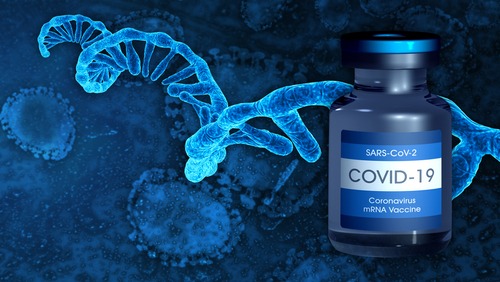
Sanofi Pasteur and Translate Bio launched a Phase 1/2 clinical trial last week for an mRNA COVID-19 vaccine candidate known as MRT5500, hoping for interim results in the third quarter of 2021.
The united efforts of the vaccine and mRNA therapeutics companies include parallel preclinical studies that will be run over the next few months. While the Phase 1/2 trial will focus on safety, immune response, and reactogenicity of the vaccine, preclinical studies will determine if MRT5500 and other mRNA vaccine candidates can produce neutralizing antibodies against SARS-CoV-2 — the viral cause of COVID-19 — and emerging variants.
“Our mRNA vaccine candidate is the result of our expertise in infectious diseases coupled with the innovative technologies of our partner,” Thomas Triomphe, executive vice president and global head of Sanofi Pasteur, said. “Initiating the Phase 1/2 trial represents an important step forward in our goal of bringing another effective vaccine to the ongoing fight against the COVID-19 pandemic.”
The Phase 1/2 trial will enroll approximately 415 participants. It will be randomized, double-blind, and placebo-controlled. Participants will be given either one dose of MRT5500 or two doses 21 days apart, at one of three different dose levels.
“We have made important progress towards developing mRNA vaccine candidates for infectious diseases through our collaboration with our partner Sanofi Pasteur,” Ronald Renaud, CEO of Translate Bio, said. “With the impact of mRNA vaccines demonstrated during the pandemic, our joint development team remains steadfast in our commitment to advancing MRT5500 as part of the collaborative effort to overcome this global health crisis.”
Developed under a collaboration and license agreement between Sanofi and Translate Bio, developers hope to make MRT5500 more capable than other mRNA vaccine candidates by improving its temperature stability to make it storable at refrigerator temperatures rather than deep freeze.




